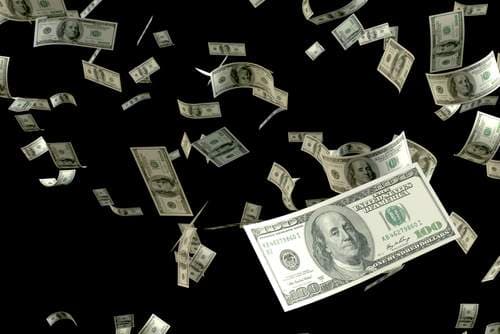Beneath the Surface
The Yuan Trap – A Speculative Detour Through the Fog of Global Trade
May 13, 2025 • 3 minute, 18 second read

“Regulators and bankers were using the wrong tools and the wrong metrics. Unfortunately, they still are.”
–Jim Rickards, Currency Wars
May 13, 2025 — Hypothesis for the day: Sometimes the answers you get matter less than asking the right questions. Let’s give that a whirl with a few “what ifs…”:
What if the real trade barrier with China wasn’t cheap labor, clever supply chains, or state-owned factories churning out widgets at half the cost?
What if the real barrier — the one no one dares to name in polite diplomatic company — was the yuan itself?
That’s the suspicion lurking in the minds of those who’ve been around long enough to see economic history rhyme, if not repeat.
And it’s a suspicion Jamieson Greer — former chief trade negotiator under Trump and longtime advocate for tougher trade terms — appears ready to drag into the daylight. Greer insists any future deal with China must tackle non-tariff barriers.
But what exactly are we talking about?
First, let’s demystify the term. Non-tariff barriers aren’t tariffs. They’re stealthier. Trickier. More… Chinese.
They include arbitrary food safety rules, tech transfer demands, opaque licensing procedures, outright bans on foreign firms for “national security” reasons — and, yes, currency manipulation.
That last one is the dragon in the room.
Imagine, for a moment, that all the talk of trade deficits and factory closures in Ohio were downstream effects not of wage arbitrage or environmental shortcuts, but a central bank in Beijing intentionally weakening its currency to juice exports and hoard dollar-denominated assets. A grand illusion. A monetary matador’s cape.
Every time you buy a $14 toaster, you’re playing your part in the performance.
Currency manipulation is rarely called out in public, because the implications are too profound. It means the entire framework of “fair trade” is a fantasy. It means all those tariffs and retaliatory duties are just Band-Aids on a broken bone.
Greer knows this. That’s why he’s pushing for something bigger than tariffs. Something comprehensive. Something real.
Because if China’s real advantage is not cheap labor, but artificially cheap currency, then we’re not competing with a country — we’re competing with a monetary mirage.
And it gets worse.
What if the yuan’s next devaluation isn’t just a tweak to boost exports, but a desperate attempt to manage capital flight, mask domestic weakness, or retaliate against U.S. tech sanctions?
In 2015, a minor yuan devaluation sent shockwaves through global markets. Today, with fragile liquidity, bloated debt, and a Federal Reserve still nursing a post-COVID balance sheet hangover, the next one could detonate a global chain reaction.
And markets? They won’t wait for the policy papers. They’ll react — as they always do — to the headline, the rumor, the innuendo. A whisper in the Financial Times. A speech misinterpreted in Shanghai. A Twitter post from someone with a flag avatar and too much time on their hands.
In this climate, even Greer’s quiet insistence that we deal with non-tariff barriers might as well be a klaxon.
So here’s the “what if” – the Grey Swan event – no one wants to entertain out loud:
What if the entire post-WTO global trade regime has been predicated on a silent agreement to look the other way while China juiced its currency, flooded markets with artificially cheap goods, and quietly bought up Treasurys like Monopoly money?
What if the world’s faith in globalization wasn’t ever rooted in comparative advantage, but in mutual monetary gaslighting?
And what happens when that faith runs out?
~ Addison Wiggin
P.S. Greer’s whisper may be the canary in the yuan mine. Meanwhile, gold is inching up, possibly to soar much, much higher, bitcoin is challenging the fiat system anew, and the BRICS are circling the petrodollar, and platforms like Glintpay are doing what Washington won’t — giving you an off-ramp. It’s not the headlines you need to watch. It’s the questions behind them.



